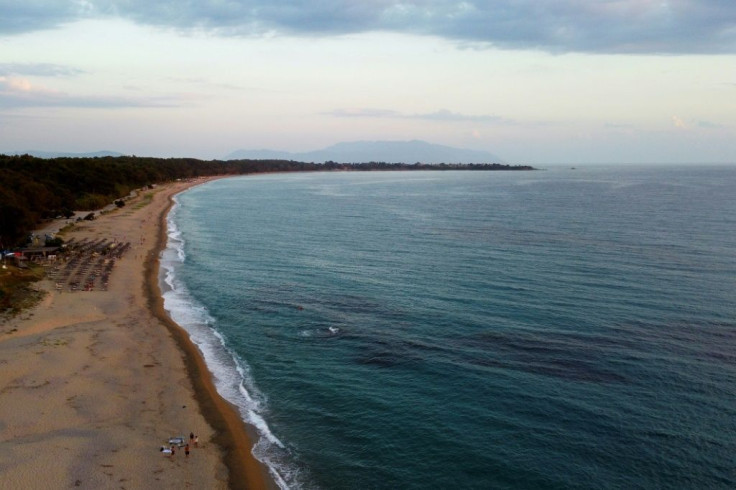Mysterious 'Furry' Sea Creature Washes Ashore, Baffles Beachgoers
A mysterious sea creature washed up on the shores of an Edinburgh beach in Scotland, leaving people baffled about its identity.
A Facebook user posted a photo of the "furry" creature on a local foraging group, asking people if they could help identify it.
"We found a couple of these strange creatures washed up at Granton beach. Out of curiosity rather than culinary interest (we put them back in the sea) - Does anyone know what they are?" the Edinburgh local wrote.
However, it was not mentioned when the creature was spotted on the beach.
Several social media users took to the post's comment section to guess what the creature was, with one person jokingly writing: "It's 2020. Whatever it is, don't eat it, put it back, forget you ever saw it."
"Looks like sea Slater, but I don't know if there is such a thing!" another user wrote, while a third guessed that it looks "like a sea slug."
The weird-looking sea creature was later identified to be a sea mouse, a type of marine worm found in the Atlantic Ocean and the Mediterranean Sea. Several people on the foraging group guessed that it could be a sea mouse.
According to Britannica, the sea mouse feeds on small crabs and other worms on the seabed. It is usually 3–6 inches long; however, some can grow up to 12 inches. Its proper name is Aphrodita.
Mysterious creatures have often washed up on shores across the world, sometimes leaving beachgoers and even experts baffled about their identity.
Earlier this month, an alien-like sea creature was found by a Thai fisherman among the fish he pulled out of the sea. The creature had 20 long legs and was black in color. The fisherman took photos of the creature and later released it back into the sea. He then found out the creature was most likely a dark black feather star.
In November, a tongue-shaped sea creature washed up on the shores of a beach in Australia. It was found by a woman staying at Tangalooma Resort, on Queensland's Moreton Island. The Queensland Museum later identified it as an Obese Sea Pen (Cavernularia obesa).






















